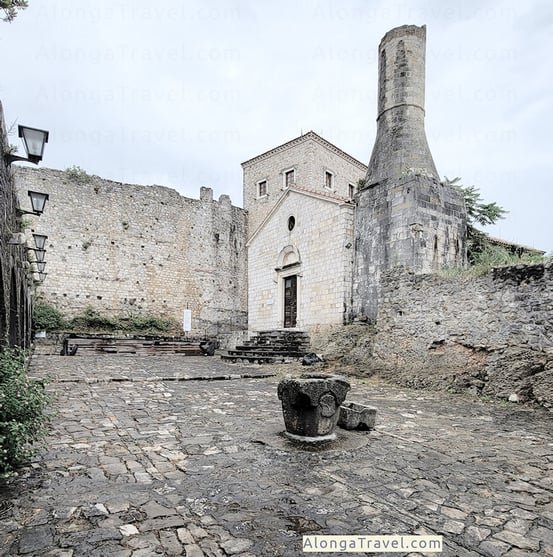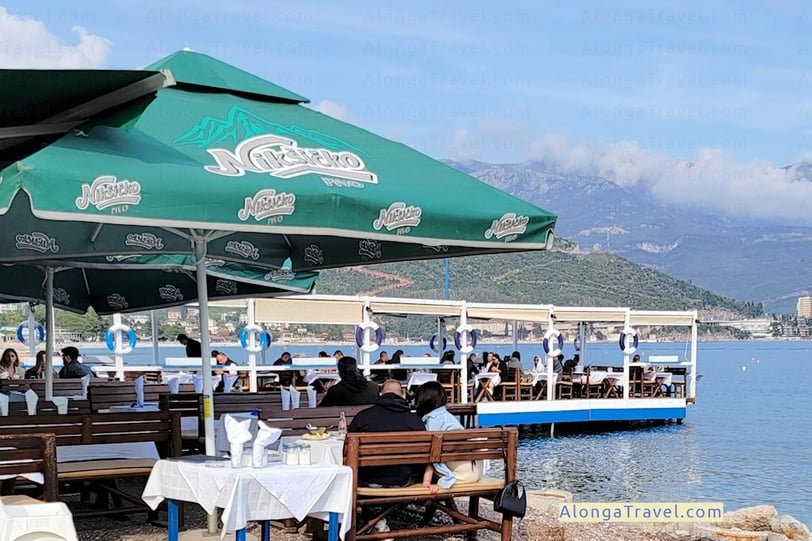Montenegro Travel & Posts from my Montenegro Guide
Montenegro is a wonderful country to travel to. It is located in Southeastern Europe along the Adriatic Sea, which makes is particularly picturesque, though its inland parts are also incredibly beautiful.
I spent many happy months on different occasions in Montenegro and I felt I became a local insider. I share my impressions and practical steps you need to take to travel there and have a great time.
Below are the highlights of a few topics I have already covered. Even if you read just these few post I can guarantee you, you would want to visit this wonderful country.
Highlights of some topics in my Montenegro guide
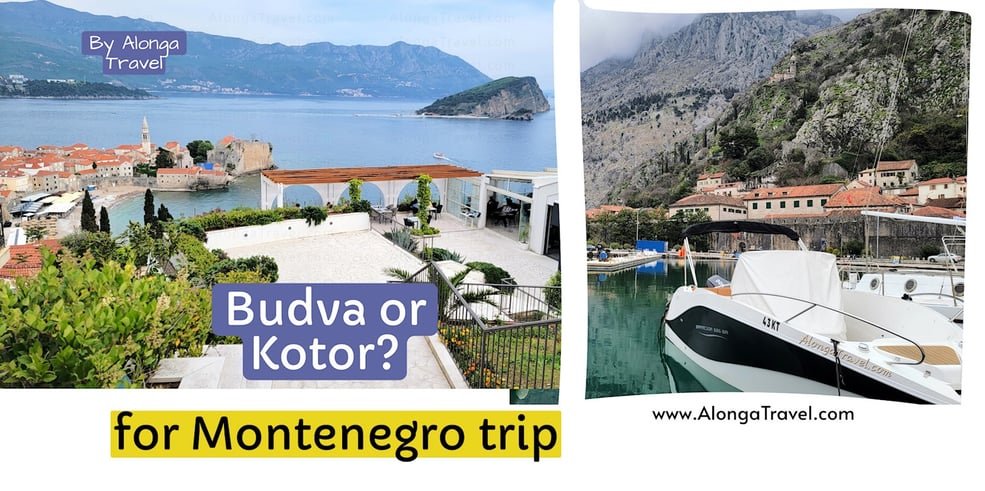
Budva or Kotor for Montenegro trip?
I compare all aspects of your future stay in Budva and in Kotor, based on my experience with lots of pictures and videos. This will help you decide where to stay, or where to stay longer.
General topics about Montenegro
Read my post about reasons to visit Montenegro and about interesting history of the country and its 3 cities, each with a different history!

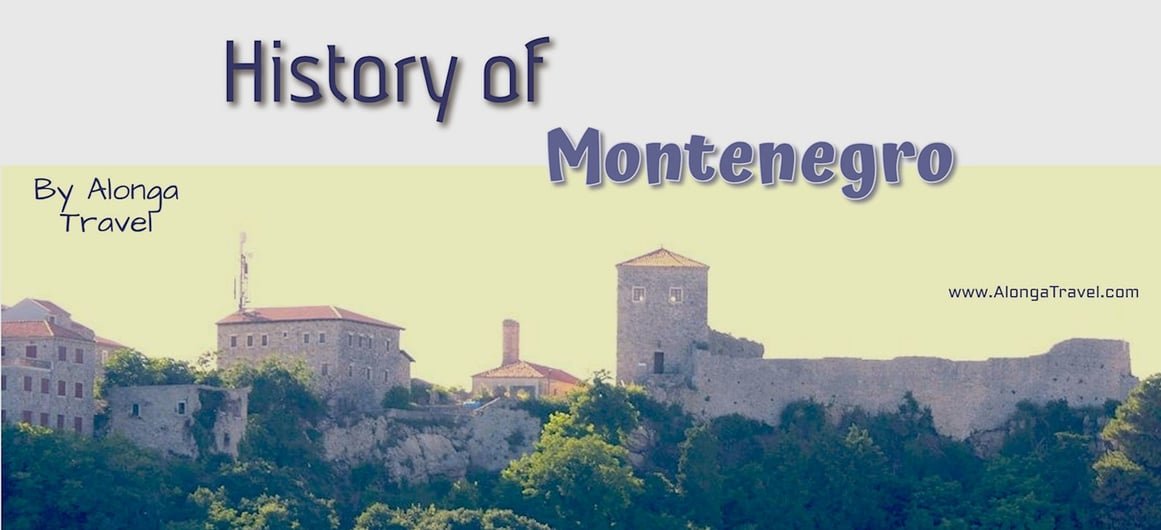
Kotor town
Here are the topics I have already covered for stunning Kotor and its medieval old town. This is a place you need to see, if you are in Montenegro!


Bay of Kotor
Topics about the Bay of Kotor and what to do there, water activities on the bay and leisure activities. I also have covered all the best hotels to stay there at different price ranges,

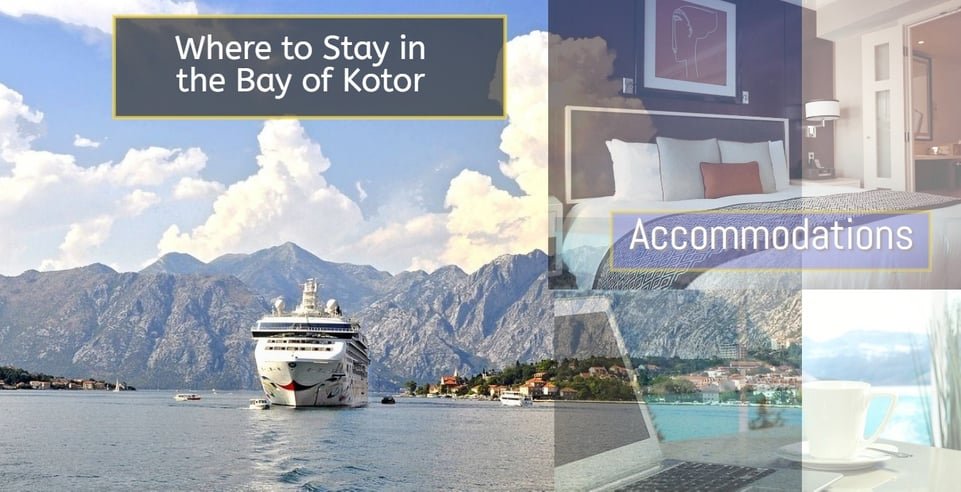
How to get to Montenegro
Here are posts on getting to Montenegro by plane and by bus.


All posts about Montenegro
What’s coming Soon
I started my guide on Montenegro a while back and I intend to add more information about the places I loved there, especially more about Budva. So, please check back soonish.
I will also add chapters for my Kotor and the Bay of Kotor guide, and beautiful Ulcinj, as I have a great amount of pictures and videos from my walks there.


